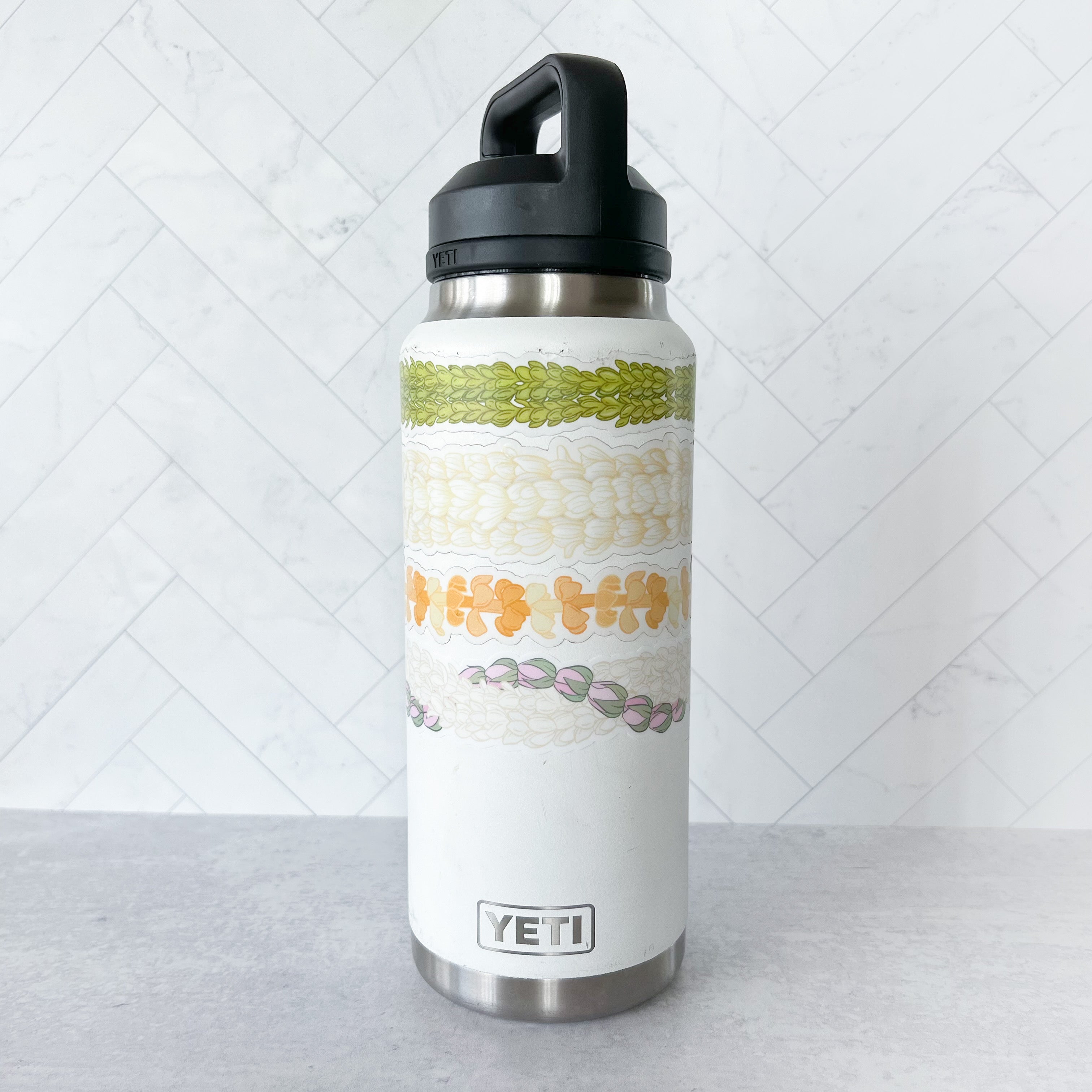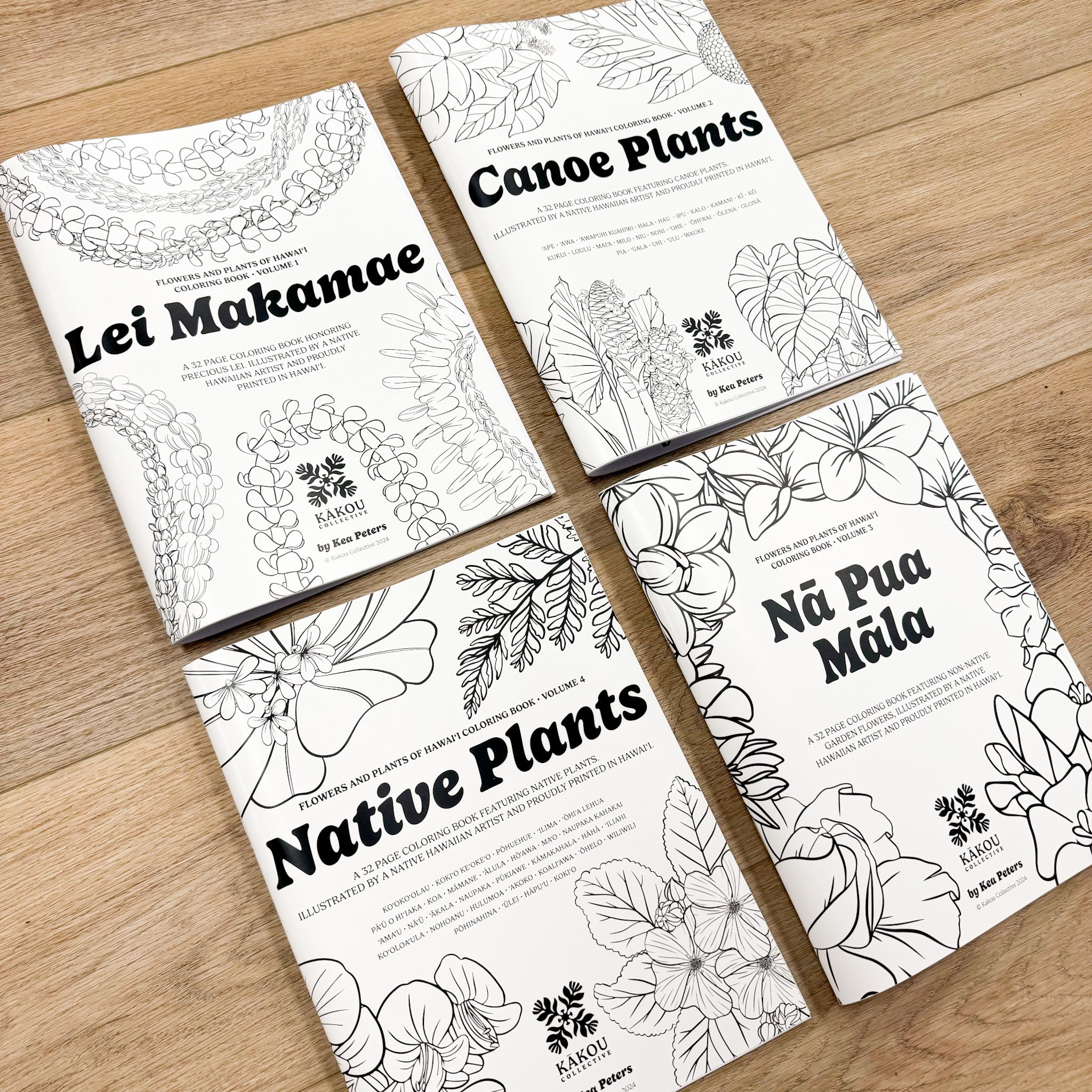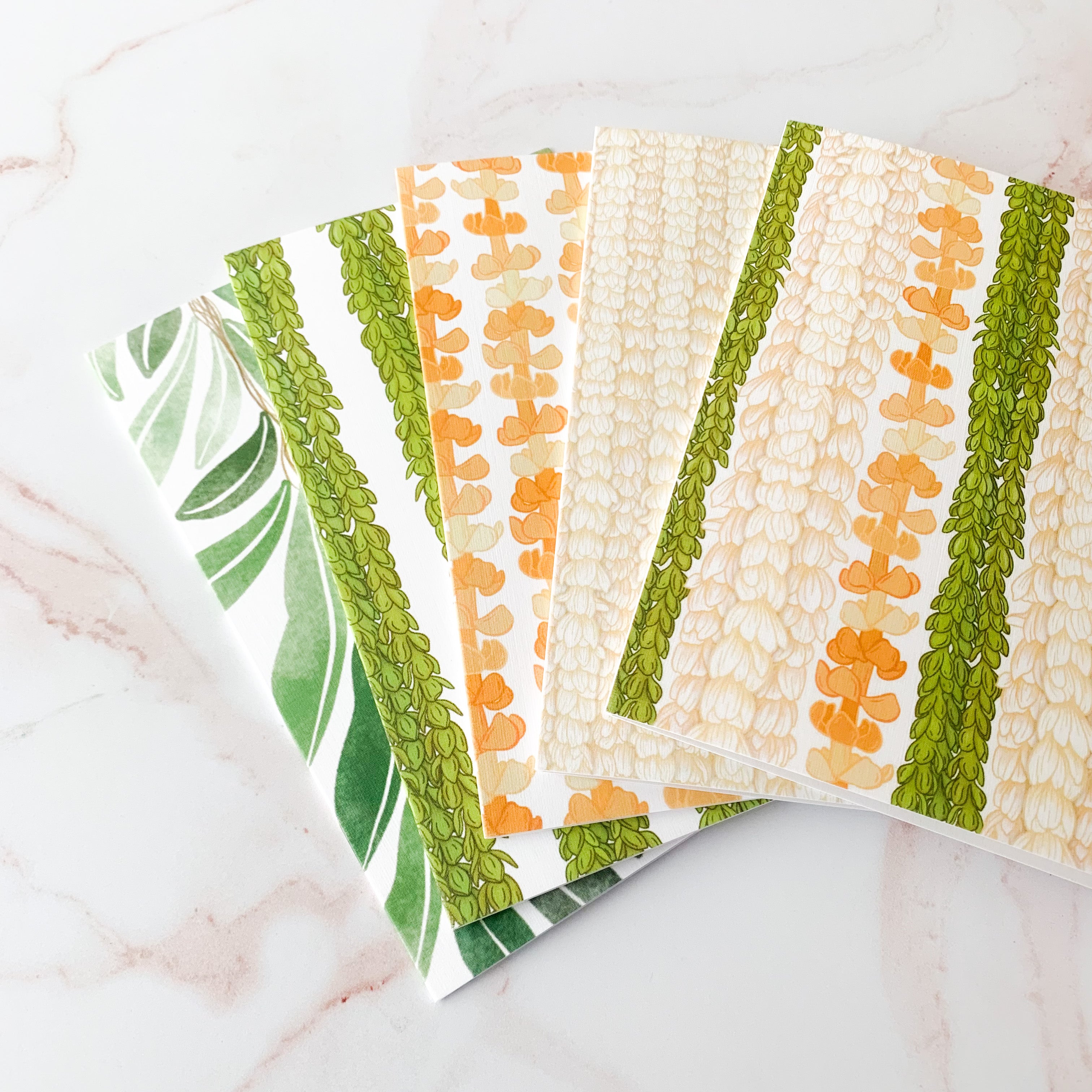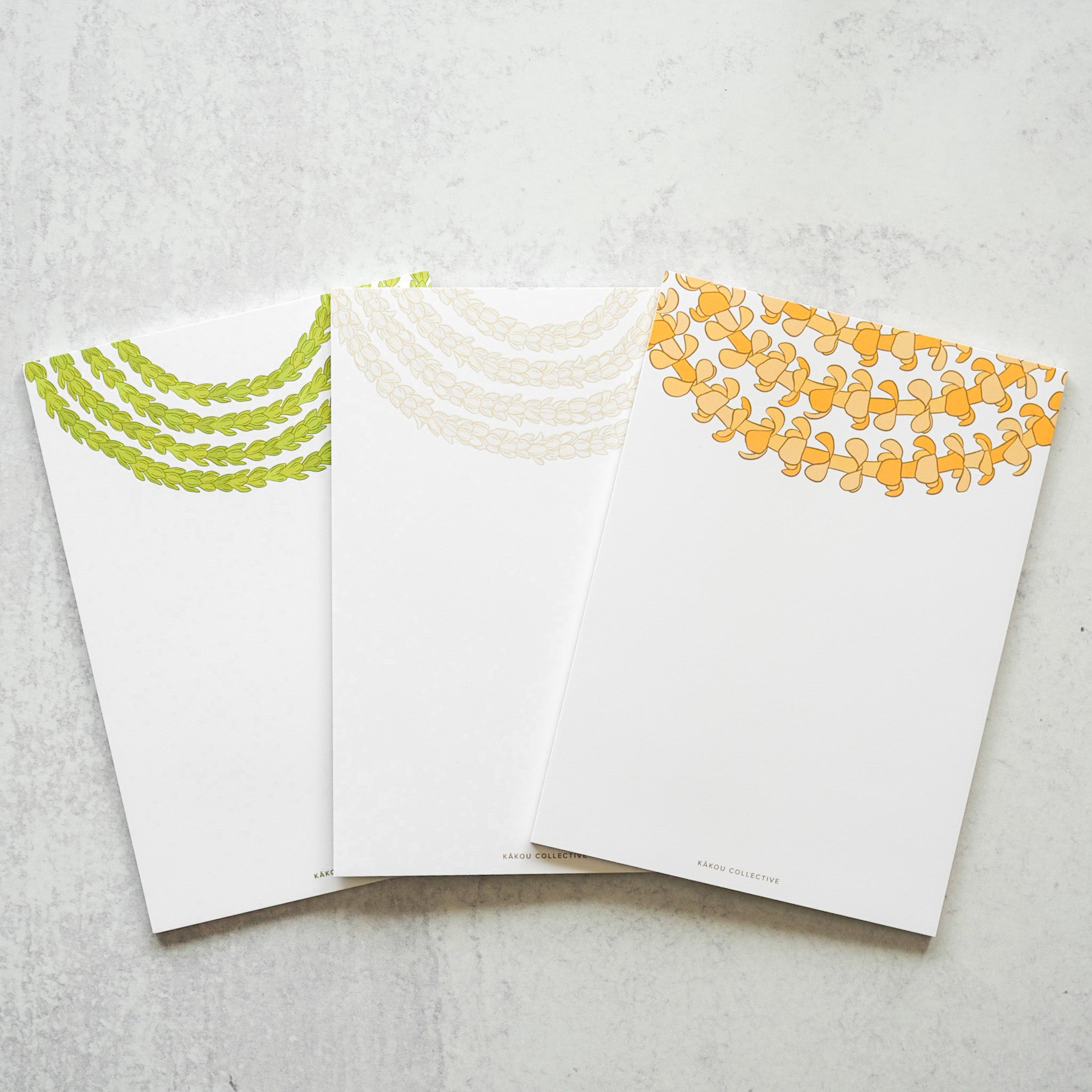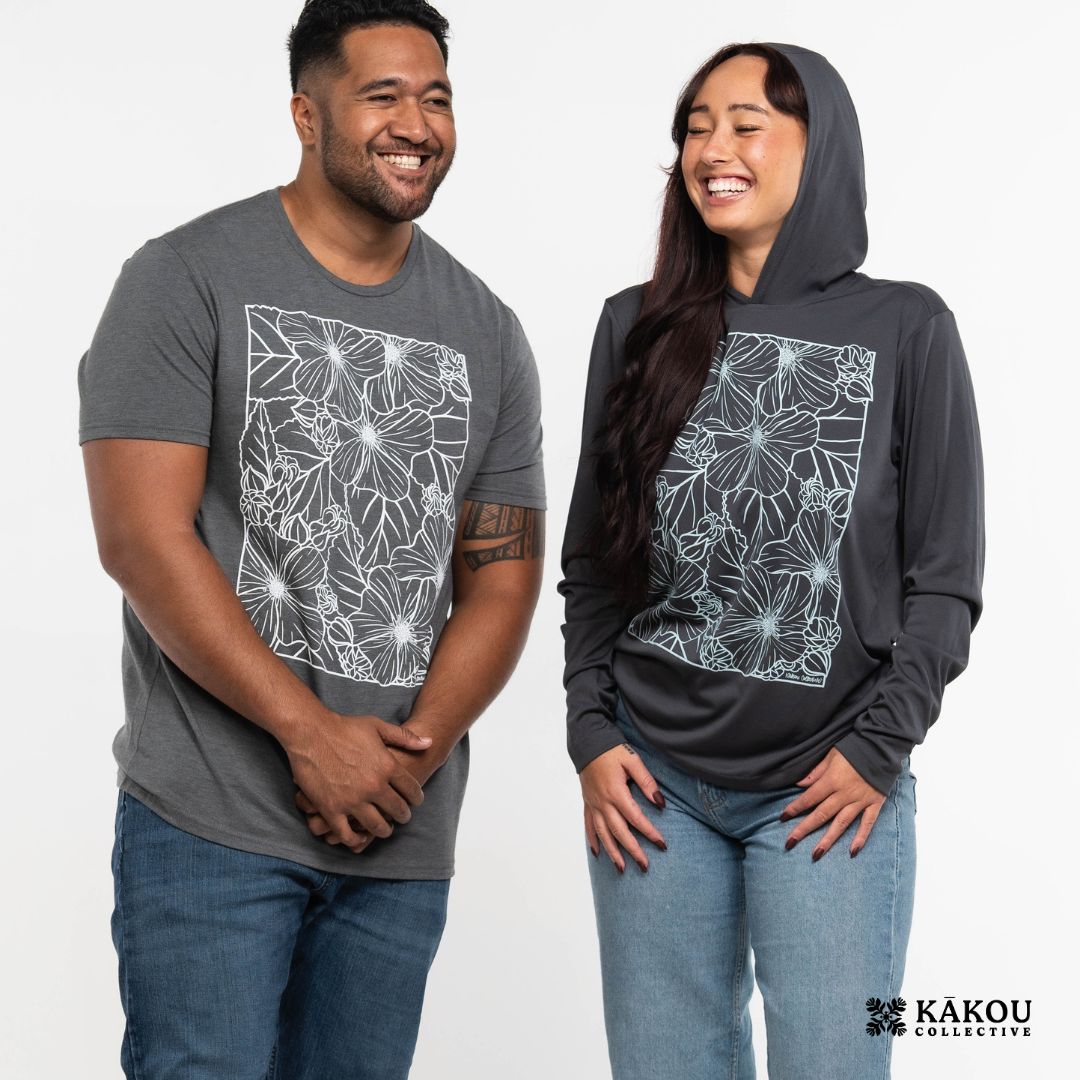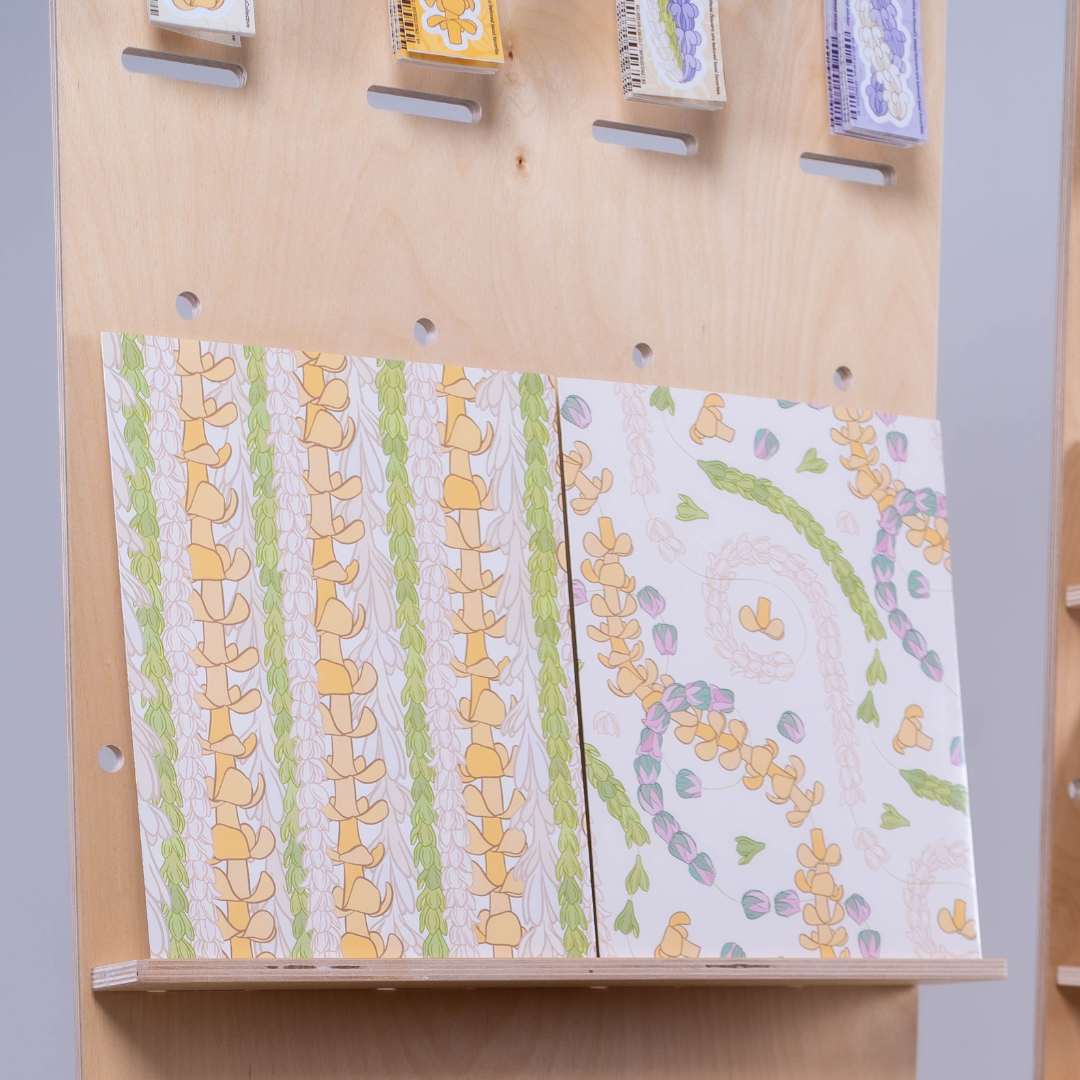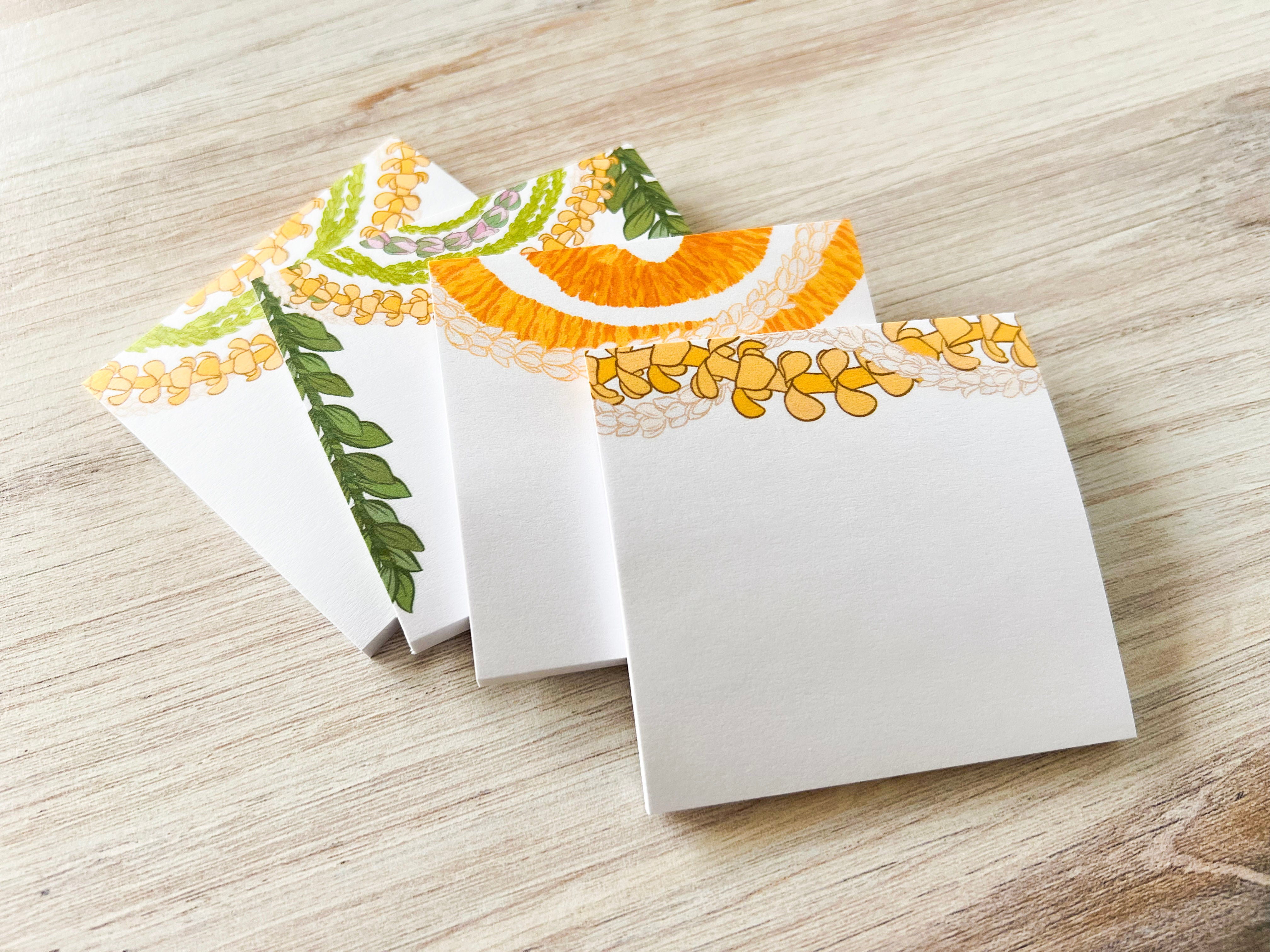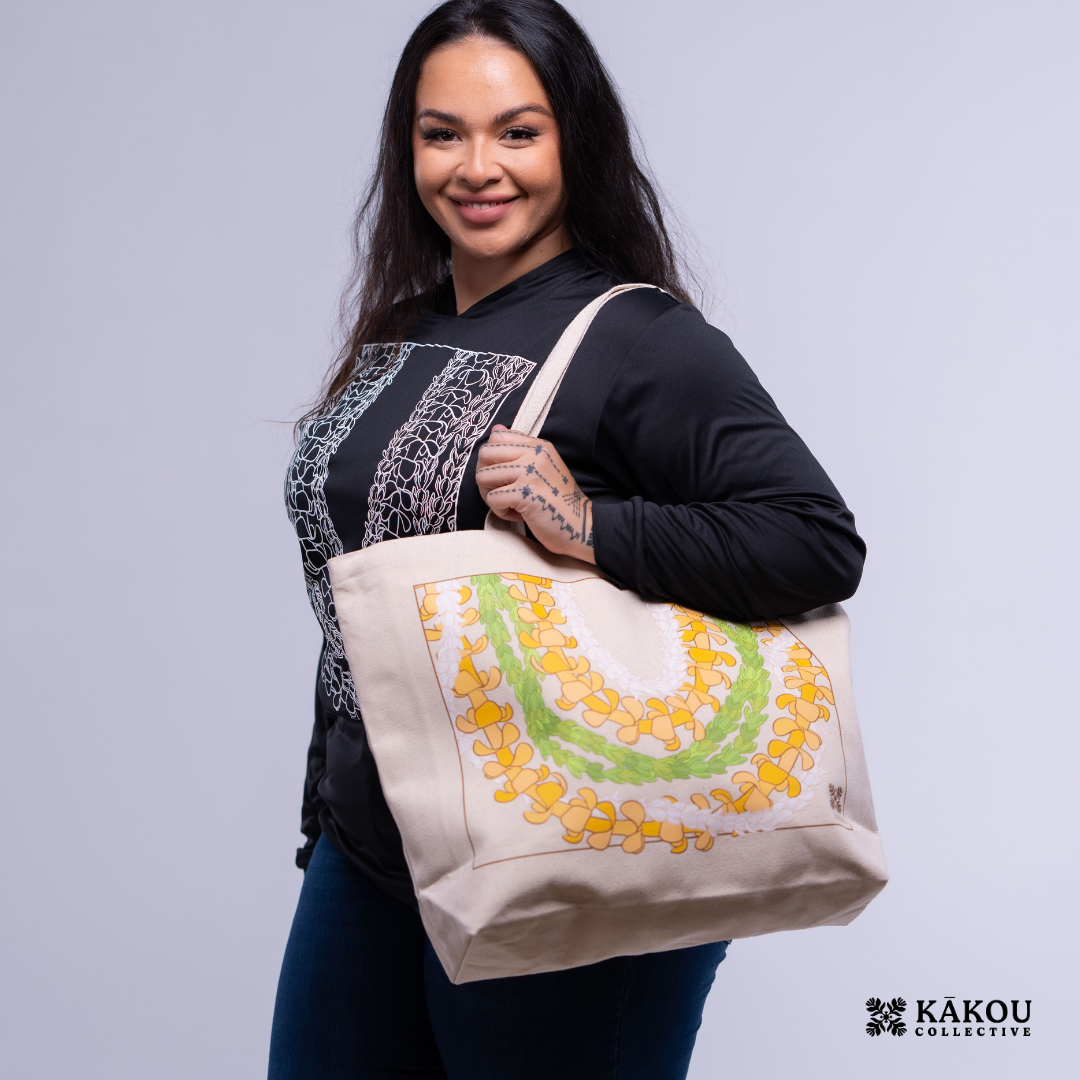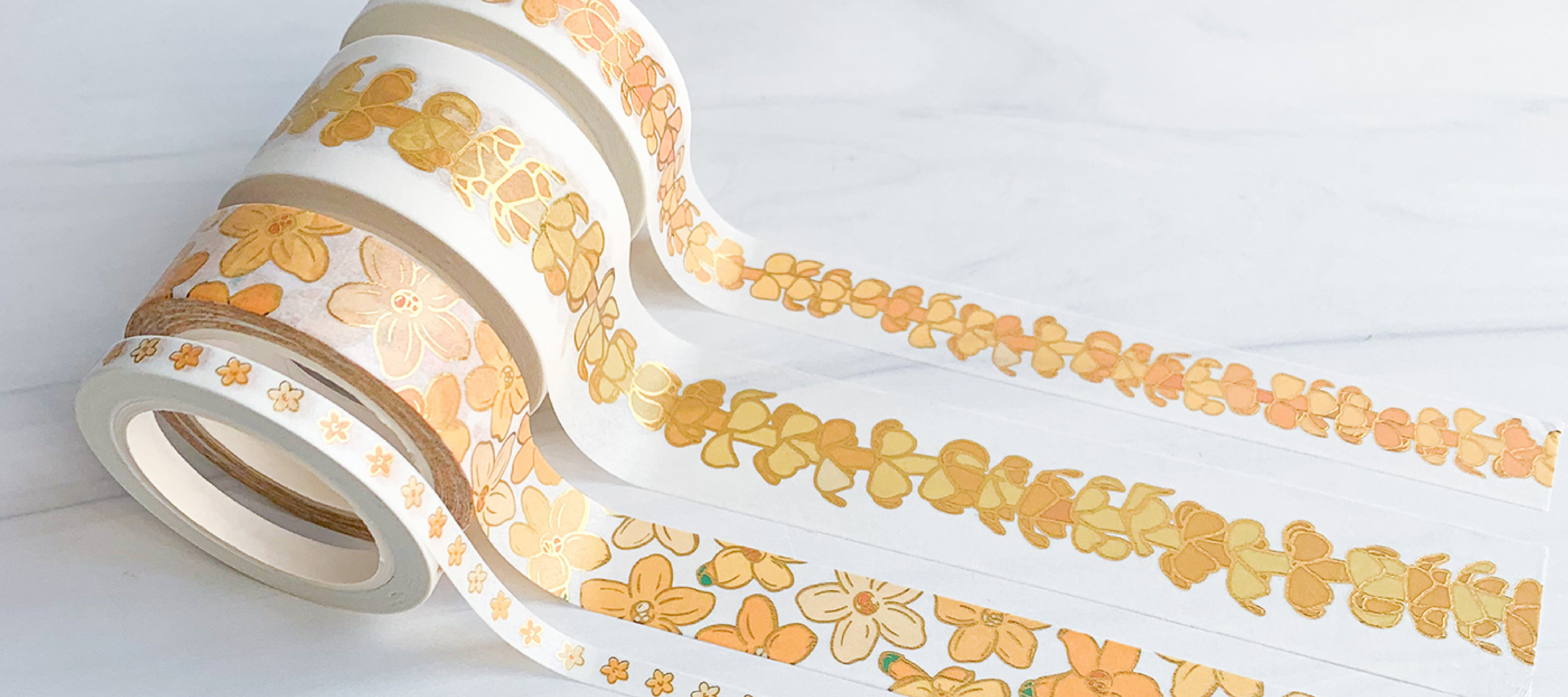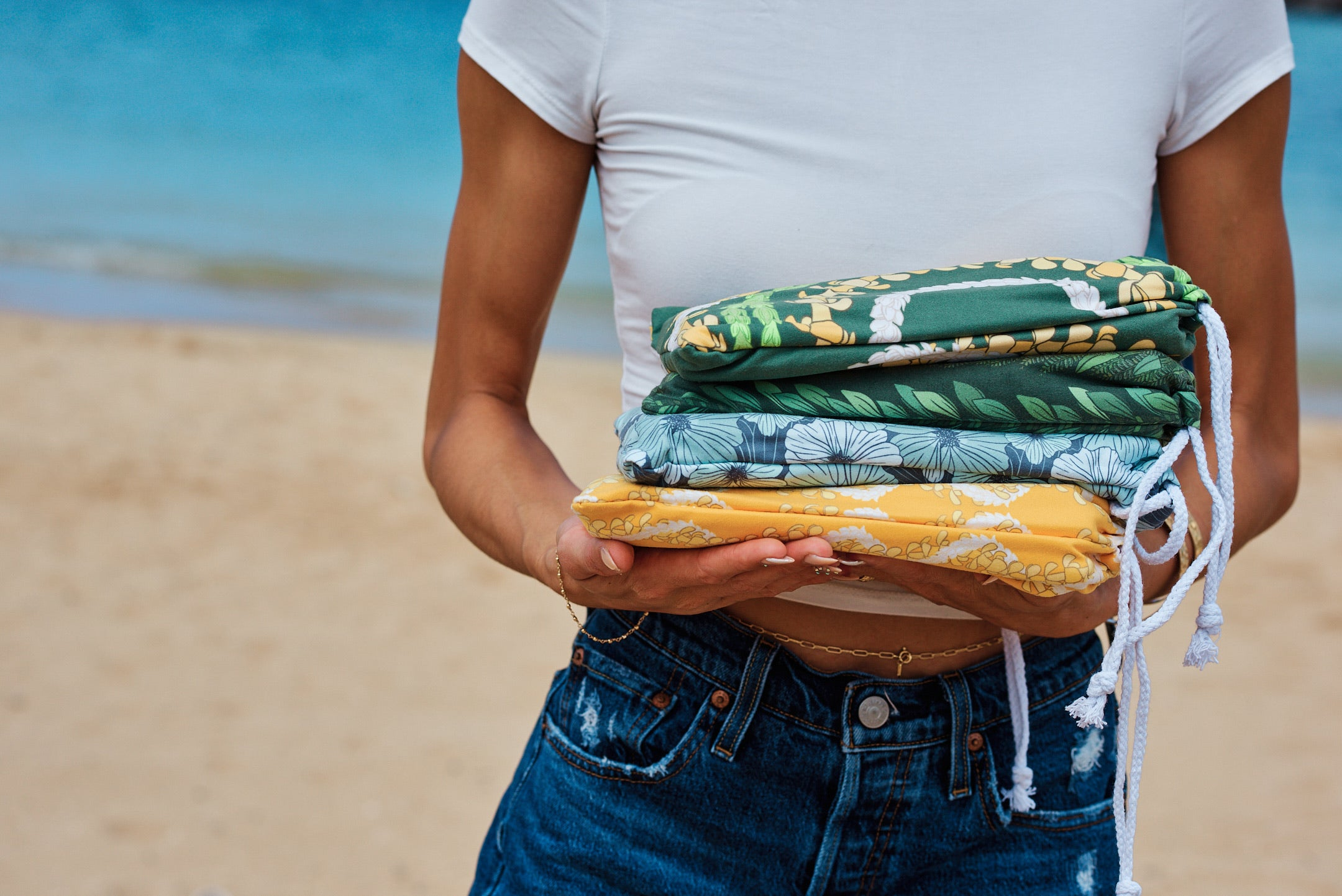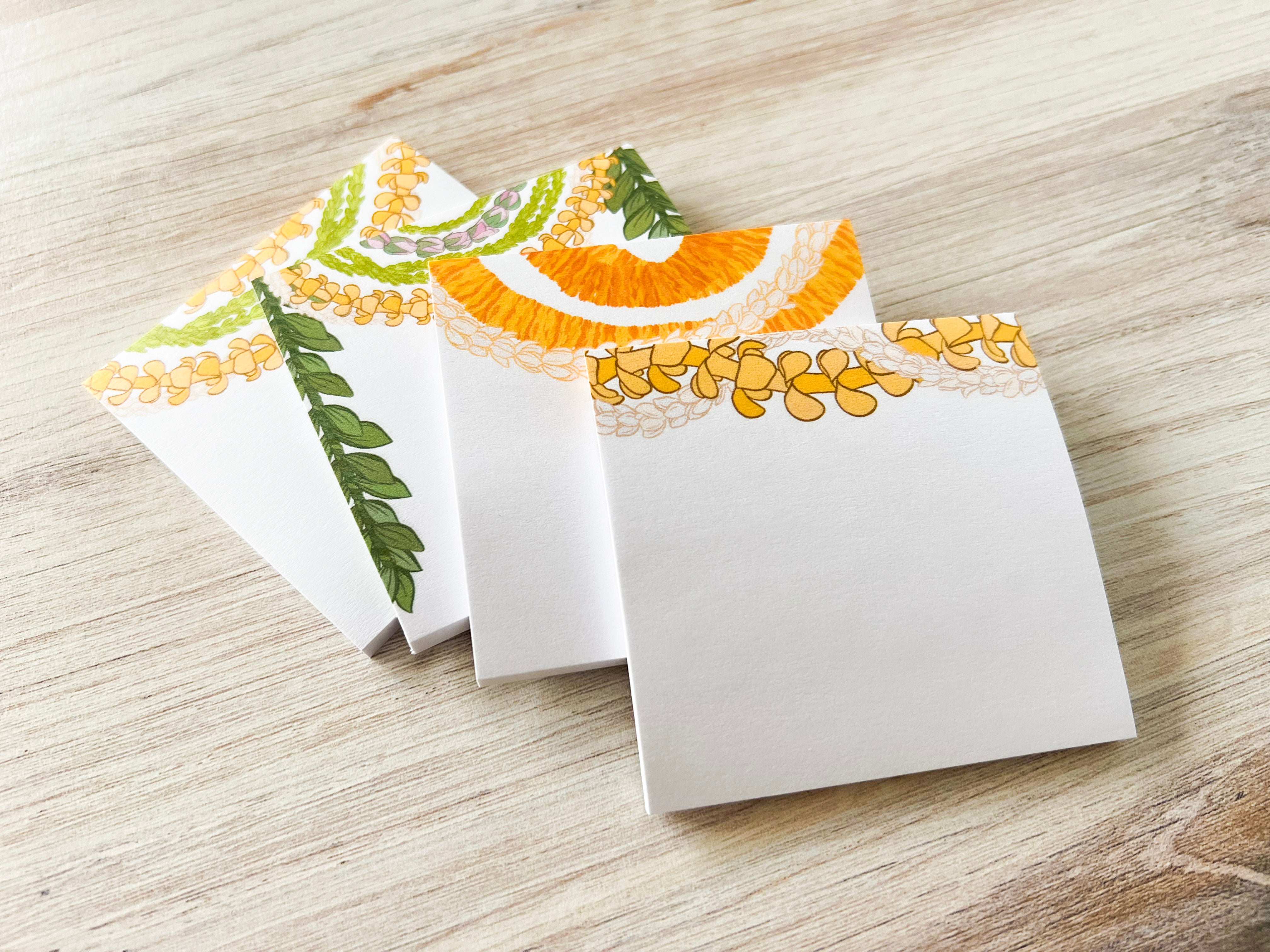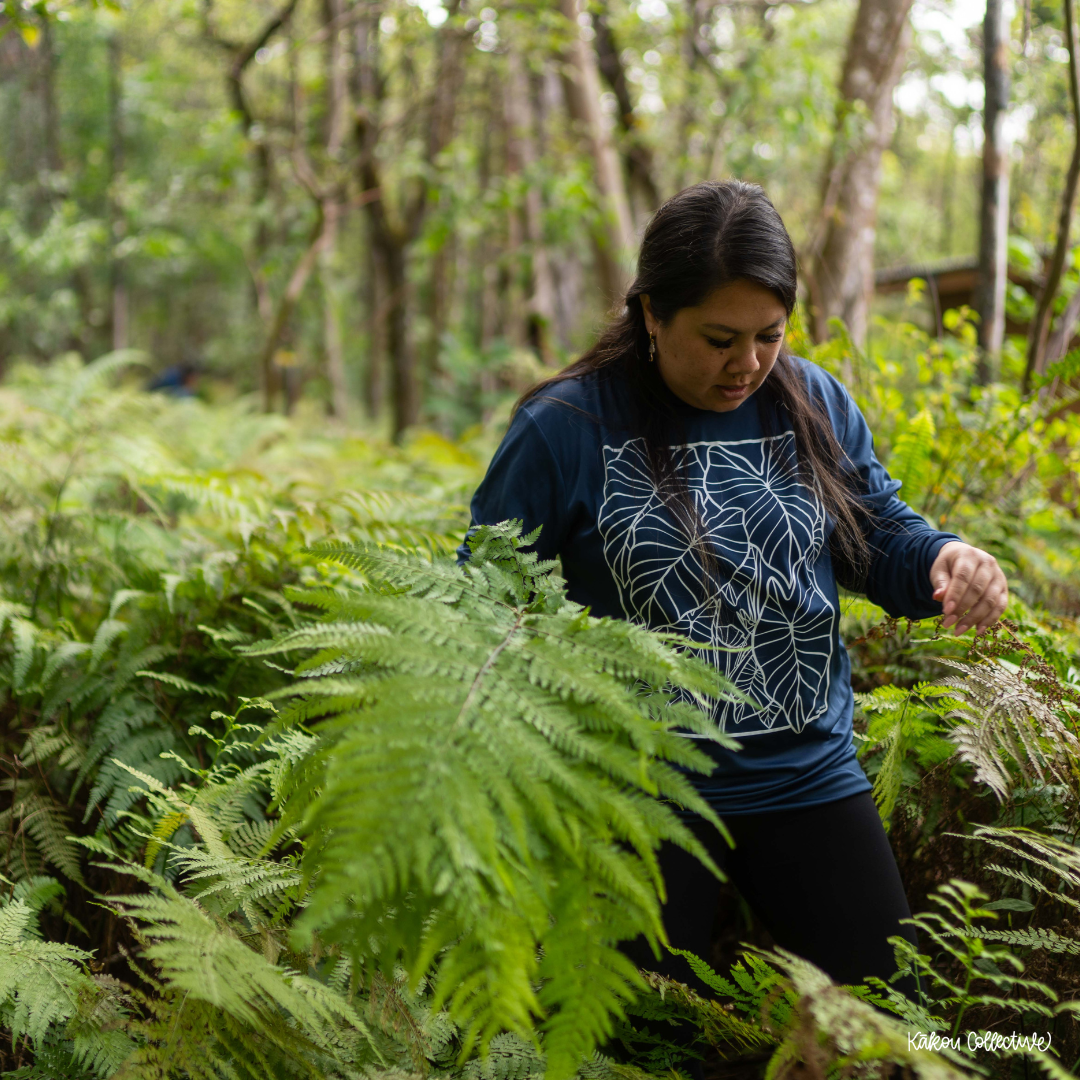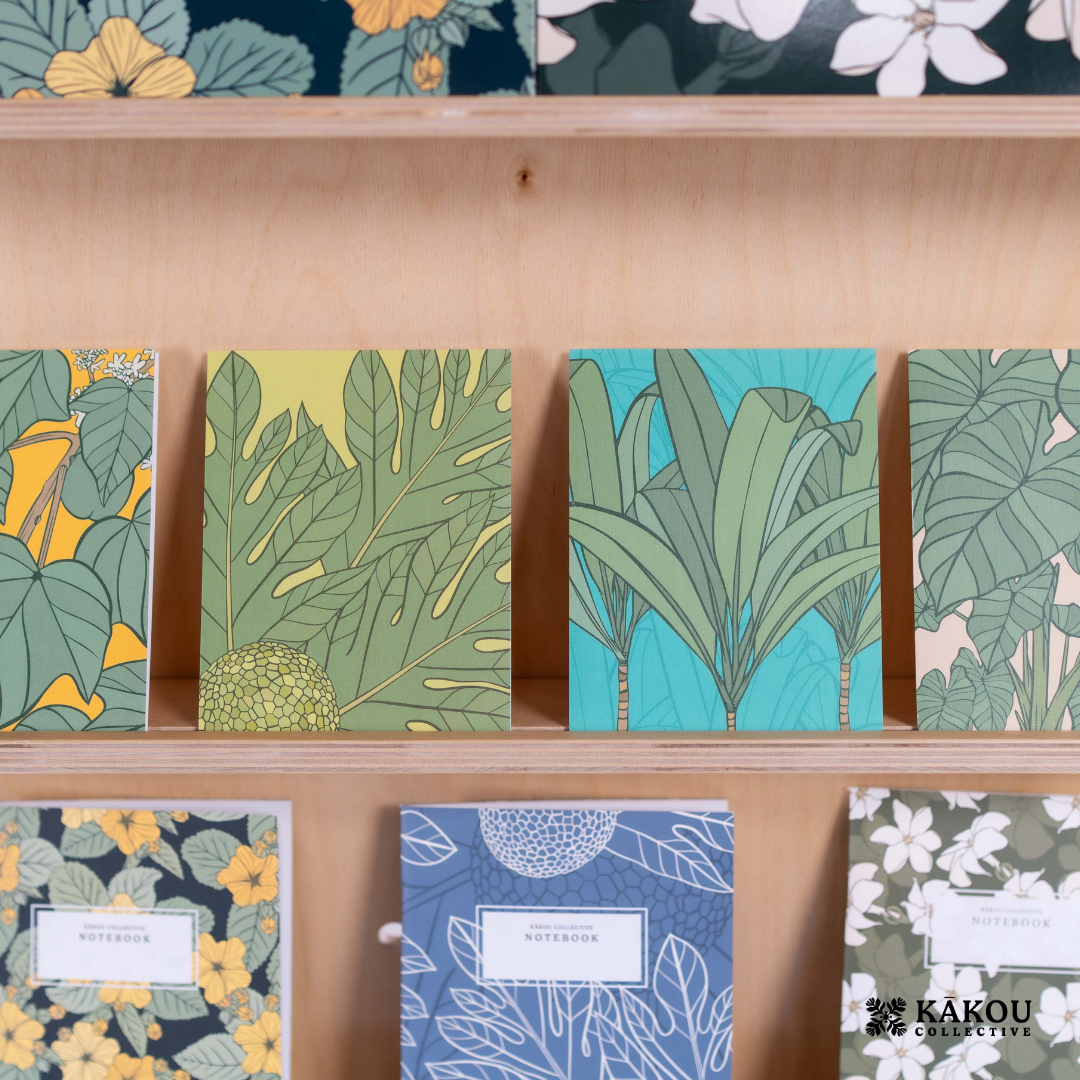Lei Punahele: The Beloved Flowers That Capture Hawaii's Heart
There's something about the way scent connects us to memory—how a single breath can transport us through time and space, bringing forth emotions we thought were long buried. For many of us in Hawaiʻi, the lei punahele collection by Kakou Collective struck that precise chord, resonating deeply with our collective memory and cultural identity through four beloved flowers: pīkake, pakalana, tuberose, and puakenikeni.

These flowers, while not all native to our islands, have become intrinsically woven into the fabric of Hawaiian culture. Each has its own journey to our shores, yet together they create a symphony of fragrance that many locals will tell you smells like childhood, like family, like home.
Pīkake, known elsewhere as Arabian jasmine, arrived in Hawaiʻi during the early 1800s. Princess Kaiulani's love for peacocks (pīkake in Hawaiian) gave this delicate flower its local name. But ask any Hawaiian grandmother about pīkake, and she won't tell you about its history—instead, she'll likely share stories of stringing lei for special occasions, of teaching her granddaughters the patient art of threading each tiny blossom.
Pakalana, Chinese violet jasmine, made its way to Hawaiʻi through early Chinese immigrants. Its sweet, intoxicating scent has become synonymous with romance in Hawaiian culture. Many kupuna remember courting days when young men would bring pakalana lei to their sweethearts, the flowers' perfume lingering long after the evening ended.
Tuberose, or kupaloke, might have Mexican origins, but it has found its true cultural resonance in Hawaiʻi. Often used in wedding lei, its strong, sweet fragrance has become associated with celebration and new beginnings. Local florists will tell you stories of brides who specifically request tuberose because it was the flower their mother or grandmother wore at their own wedding.
Puakenikeni, perhaps the most emblematic of Hawaiʻi's adopted flowers, originated in Polynesia and spread throughout the Pacific. Its delicate yellow-orange blossoms deepen to a rich copper color as they age, much like how our relationships with these flowers deepen over time. Ask anyone about puakenikeni, and they might tell you about their aunty's yard, where the tree dropped its precious blossoms each morning, ready to be collected and strung.
When Kakou Collective captured these four distinct fragrances in their lei punahele collection, they weren't just creating scents—they were bottling memories. The artwork resonated because it understood something fundamental about local culture: these flowers represent more than just beautiful blooms or pleasant scents. They are the essence of countless celebrations, quiet moments of love, and generations of tradition.
The success of the lei punahele collection speaks to something deeper in our island community. In a rapidly changing Hawaiʻi, these familiar fragrances ground us in who we are and where we come from. They remind us of the hands that taught us to string lei, of the celebrations marked by these beloved blooms, of the way these flowers have witnessed our most significant moments.
For many of us, these aren't just flowers—they're the scent of grandma's hugs, of graduation celebrations, of wedding days, and Sunday mornings. They're the fragrance of belonging, of tradition, of home. When we catch their scent, we're reminded that despite all the changes our islands have seen, some things remain constant: the ways we celebrate, the ways we show love, the ways we remember.
The lei punahele collection's popularity isn't just about beautiful artwork or pleasant fragrances—it's about recognition. Recognition of the small, precious moments that make up our lives in Hawaiʻi. Recognition of the traditions that bind us together. Recognition of the simple truth that sometimes, the most profound connections we have are carried on the wind, in the familiar scent of flowers that have watched generations of Hawaiʻi's people grow, love, and celebrate.


